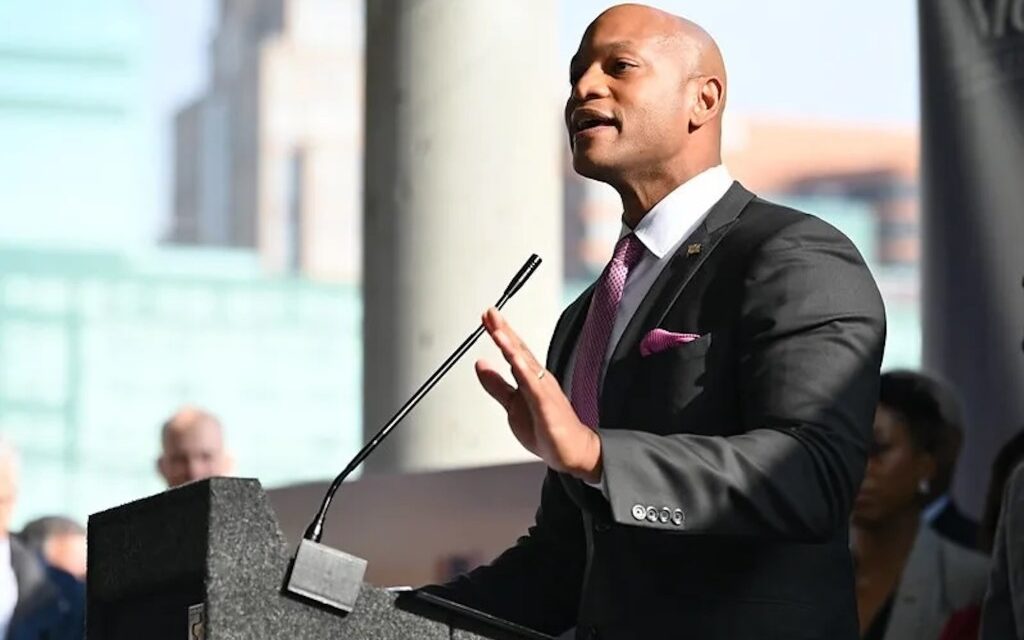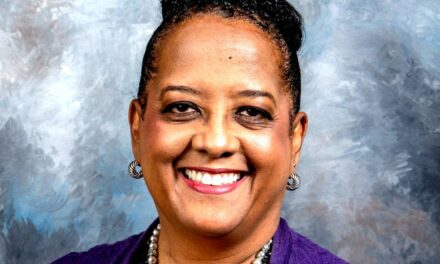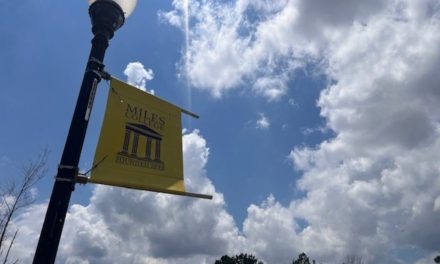By Tashi McQueen
AFRO Political Writer
tmcqueen@afro.com
Gov. Wes Moore unveiled his fiscal year (FY) 2025 proposed budget on Jan. 17, highlighting his focus on public safety, with increased funding for police protection, the Victims of Crime Act (VOCA) and a new statewide gun violence prevention center.
Moore said that his goal is to “make Maryland safer, more affordable” and “more competitive” all while becoming “the state that serves.”
“We will achieve each of these goals without raising taxes on Marylanders,” said Moore. “Our budget includes a record $127 million for local police agencies. That is a $5 million increase over the last year.”
According to Giffords, an advocacy organization for gun control, 79 percent of all homicides committed throughout Maryland are done with guns.
About $10 million is set to erect a new Center for Firearm Violence Prevention and Intervention, an initiative encouraged by President Biden that Gov. Moore is supporting in the general assembly.
Moore said he “believes in accountability” and “consequences for people that break the law” but does not believe children should be put through a system that “makes them more likely to commit crime.”
“We’re doing it wrong. That’s why our budget provides an increase of $16 million to programs at the Department of Juvenile Services,” said Moore.
The budget also prioritizes making Maryland more affordable with housing, education and economic development investments.
“Most Marylanders in rental properties put a third of their monthly paycheck towards rent. Mortgage interest rates have more than doubled over the past two years,” said Moore. “If we do not have enough homes, the prices go up. If we build more homes, the prices come down. This is why our budget includes an additional $115 million for housing and community revitalization initiatives under the Department of Housing and Community Development.”
Those initiatives include the Appraisal Gap (Homeownership Works) Program, the Baltimore Regional Neighborhoods Initiative, the National Capital Strategic Economic Development Fund, Rental Housing Works, Statewide Strategic Demolition and the Project C.O.R.E (Creating Opportunities for Revitalization and Equity).
“Earlier this month, the comptroller released a report highlighting that as child care costs increase, overall female employment decreases by five percent,” said Moore. “In order to get this economy going, we’ve got to make it easier for people to actually participate in the economy.”
Throughout the state, child care can cost $13,000 to $35,000 a year, according to Secretary Helene T. Grady of the Department of Budget and Management.
The Maryland Family Network, a non-profit family and child care advocacy organization, released a study in 2018 that gives greater context to the issue in the state.
“The Maryland Family Network, in 2018, estimated that Maryland lost more than $2 billion in lost wages, taxes and spending due to challenges with child care,” said Grady. “This budget provides $218 million additional general funds in FY 24, the current year, and $270 million in additional funds, new funding, in FY 25 to support the Child Care Scholarship program at MSDE (Maryland State Department of Education).”
Grady said this funding will also help sustain the program’s rapid growth over the past year.
According to the governor, his budget proposal reduces Maryland’s structural deficit by 34 percent, maintaining the Rainy Day Fund balance at 9.4 percent and overturning the state’s projected cash deficiency of $1.1 billion to a positive balance of over $100 million.
If passed by the general assembly as is, the projected deficit for FY25 would drop from $761 million to $502 million, according to the Maryland Department of Legislative Services in December 2023.
Del. Marlon Amprey (D-Md.-40) believes the state is off to a great start with the governor’s proposed budget but said we have to consider the long-term impacts of this year’s budget.
“We got to think more so in the long term. I know we had to make some decisions and move some money to make us not have to raise taxes for this year, but we’re still going to have to figure out some revenue sources to make the budget work for the future,” said Amprey.
Sen. Cory McCray (D-Md.-45), who is on the Budget and Taxation Committee in the general assembly, commented on the proposed budget transportation initiatives.
“Some of the things that I just want to monitor and make sure that we push the administration on is things like transportation,” said McCray.
McCray said that though the state put forward $150 million to help cover some of the $3.3 billion that is planning to be cut from the state’s transportation budget, it’s not enough.
“That’s a temporary fix for this fiscal year and transportation isn’t done on a year-by-year basis. We need to make sure that we close that gap in a six-year period versus a one-year period,” said McCray.
The Maryland Transportation Administration’s FY 25 capital budget is $656 million, with $319 million, or 49 percent, of it coming from federal dollars.
Major projects funded under the proposed budget include a study for the Baltimore Red Line, $21 million, and the Purple Line Light rail construction in Prince George’s County, Md. and Montgomery County, Md., $95 million.
The post Wes Moore unveils proposed budget appeared first on AFRO American Newspapers.











